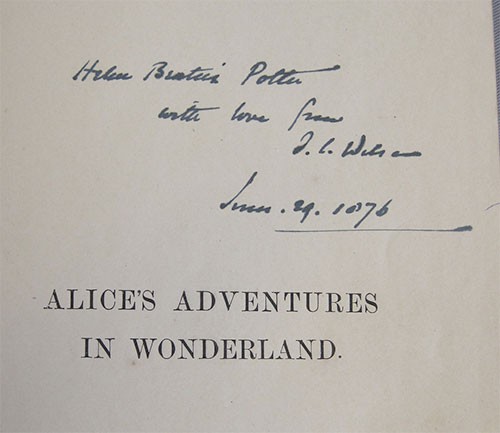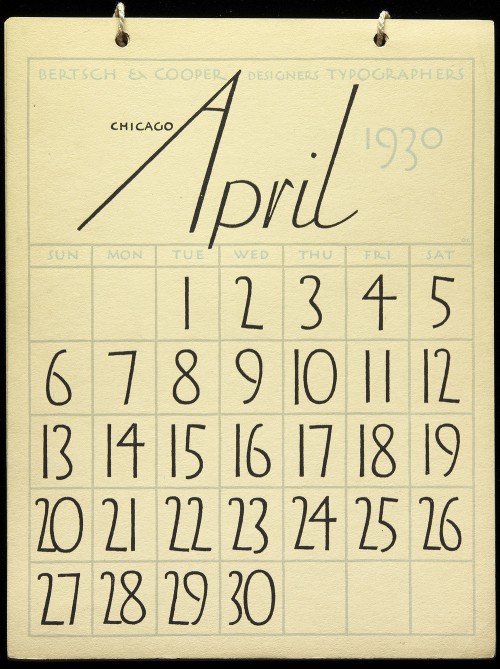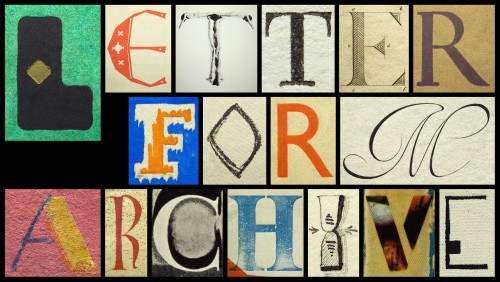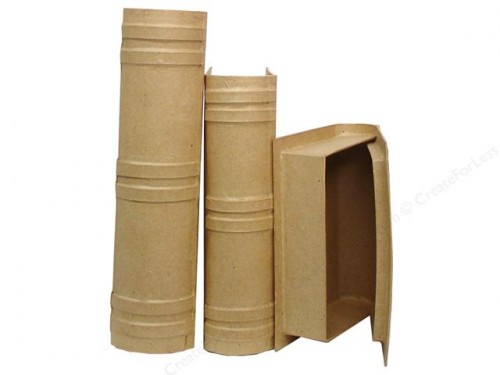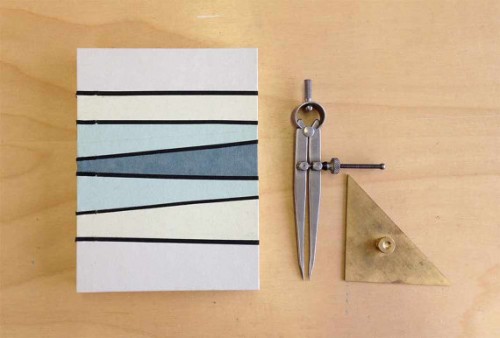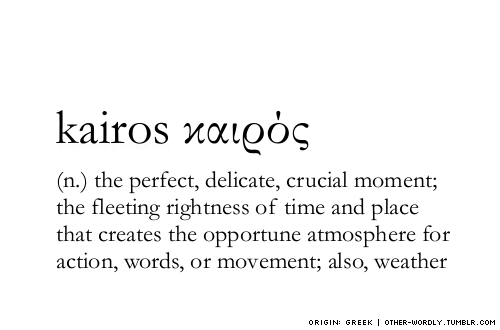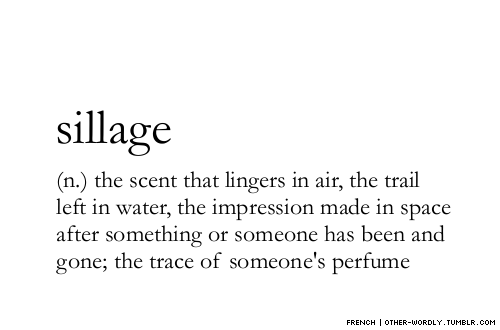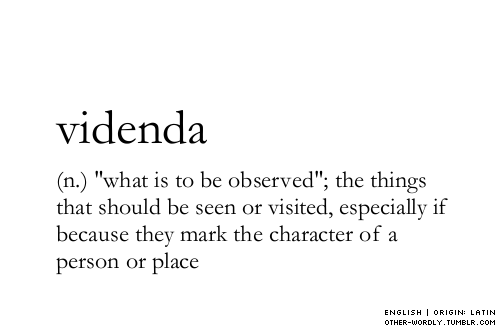
Gandhi’s handwriting (Letter to Jawaharlal Nehru, 30 September 1925)
I continue to practice my handwriting, using the alphabet I learned in Carol Pallesen’s class. I’ve graduated from a fine tip ball point to a dipped pen, and splurged on a couple of different colors of ink. In the meantime, I saw this article called “What’s Lost as Handwriting Fades.” It says
[In] a 2012 study led by Karin James, a psychologist at Indiana University … Children who had not yet learned to read and write were presented with a letter or a shape on an index card and asked to reproduce it in one of three ways: trace the image on a page with a dotted outline, draw it on a blank white sheet, or type it on a computer. They were then placed in a brain scanner and shown the image again.
The researchers found that the initial duplication process mattered a great deal. When children had drawn a letter freehand, they exhibited increased activity in three areas of the brain that are activated in adults when they read and write: the left fusiform gyrus, the inferior frontal gyrus and the posterior parietal cortex.
By contrast, children who typed or traced the letter or shape showed no such effect. The activation was significantly weaker.
Dr. James attributes the differences to the messiness inherent in free-form handwriting: Not only must we first plan and execute the action in a way that is not required when we have a traceable outline, but we are also likely to produce a result that is highly variable.
Read the entire article here.

